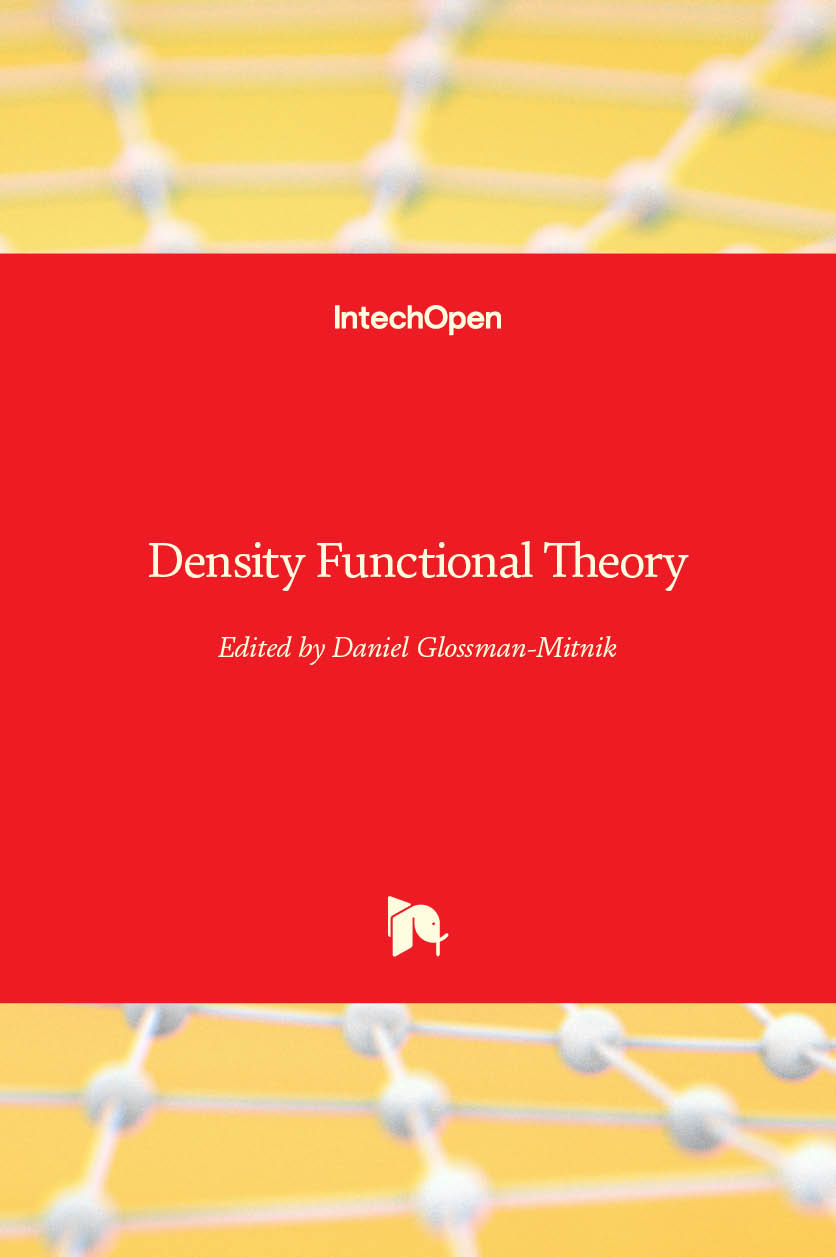
We recommend you to first read the General section of the AMS Manual The most important change in AMS2020 is that ADF is only accessible via the AMS driver program.

We appreciate comments and suggestions for improvement of the software and the documentation. The AMS package is in continuous development to extend its functionality and applicability, to increase its efficiency and user-friendliness, and of course to correct errors. Where references are made to the operating system (OS) and to the file system on your computer the terminology of UNIX type OSs is used.

Some special applications of ADF are described in the Examples. This User’s Guide describes how to use the program, how input is structured, what files are produced, and so on. The installation of the Amsterdam Modeling Suite (AMS) program package is explained in the Installation manual. We recommend that references are made both to the program itself and to publications related to its development and structure. Publications based on research with ADF should include appropriate references to the program. Documentation such as User manuals, Installation instructions, Examples, Theoretical documents can be found at the SCM web site. (SCM) ( ), a company based in Amsterdam, formally split off from the theoretical chemistry group in Amsterdam but practically still very much a part of it. Maintenance and distribution of the commercial (export) version of the program is done by Software for Chemistry & Materials B.V. As a major research tool of these academic development groups, ADF is in continuous development and retains a firm basis in the academic world. 1 2 3, mainly by the two theoretical chemistry groups of, respectively, the Vrije Universiteit in Amsterdam ( ) and the University of Calgary, Canada. This will help you to understand and appreciate the output of an ADF calculation.ĪDF has been developed since the early 1970s (at that time called HFS, later AMOL, see also refs. If ADF is a new for you we recommend that you carefully read the section Technical remarks, Terminology, which presents a discussion of a few ADF-typical aspects and terminology. This implies a one-electron picture of the many-electron systems but yields in principle the exact electron density (and related properties) and the total energy. The underlying theory is the Kohn-Sham approach to Density-Functional Theory (DFT). The separate COSMO-RS program is used for calculating thermodynamic properties of (mixed) fluids.

The AMS engine BAND is available for the study of periodic systems: crystals, surfaces, and polymers. It can be used for the study of such diverse fields as molecular spectroscopy, organic and inorganic chemistry, crystallography and pharmacochemistry. In AMS2020 is ADF is only accessible through the AMS driver program.ĪDF (Amsterdam Density Functional) is an AMS engine for calculations on atoms and molecules (in gas phase or solution).


 0 kommentar(er)
0 kommentar(er)
